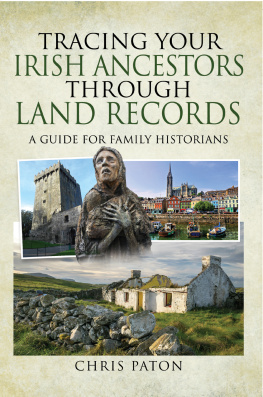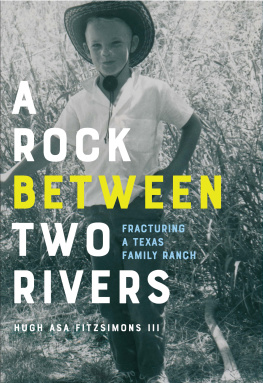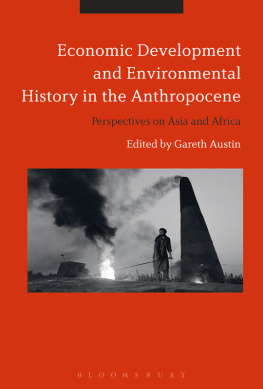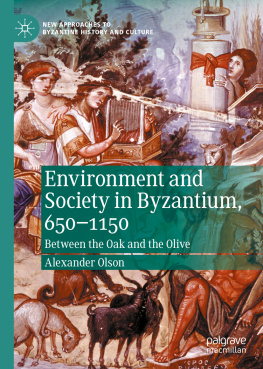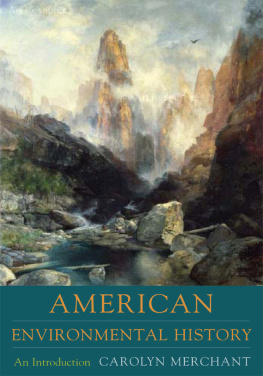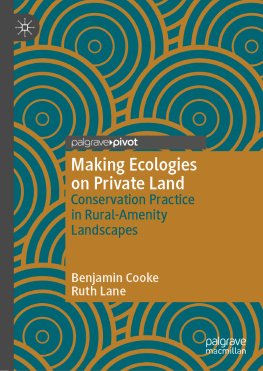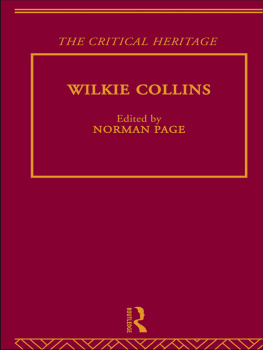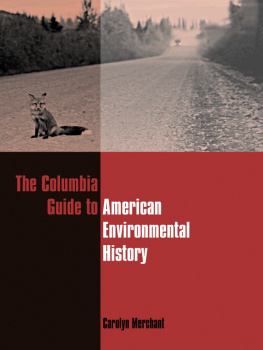Gariwerd
An Environmental History of the Grampians
BENJAMIN WILKIE
Benjamin Wilkie 2020
All rights reserved. Except under the conditions described in the Australian Copyright Act 1968 and subsequent amendments, no part of this publication may be reproduced, stored in a retrieval system or transmitted in any form or by any means, electronic, mechanical, photocopying, recording, duplicating or otherwise, without the prior permission of the copyright owner. Contact CSIRO Publishing for all permission requests.
The author asserts their moral rights, including the right to be identified as the author.
A catalogue record for this book is available from the National Library of Australia.
ISBN: 9781486307685 (pbk)
ISBN: 9781486307692 (epdf)
ISBN: 9781486307708 (epub)
Published by:
CSIRO Publishing
Locked Bag 10
Clayton South VIC 3169
Australia
Telephone: +61 3 9545 8400
Email:
Website: www.publish.csiro.au
Front cover: Sunrise at Duwul (Mount William). Photo: Alistair Paton.
Back cover: Mount Sturgeon viewed from the plains near Dunkeld. Photo: Douglas Wilkie.
Set in 9.5/13.5 Adobe Garamond Pro
Edited by Elaine Cochrane
Cover design by Alicia Freile, Tango Media
Typeset by Desktop Concepts Pty Ltd, Melbourne
Printed in China by Leo Paper Products Ltd.
CSIRO Publishing publishes and distributes scientific, technical and health science books, magazines and journals from Australia to a worldwide audience and conducts these activities autonomously from the research activities of the Commonwealth Scientific and Industrial Research Organisation (CSIRO). The views expressed in this publication are those of the author(s) and do not necessarily represent those of, and should not be attributed to, the publisher or CSIRO. The copyright owner shall not be liable for technical or other errors or omissions contained herein. The reader/user accepts all risks and responsibility for losses, damages, costs and other consequences resulting directly or indirectly from using this information.
Acknowledgement
CSIRO acknowledges the Traditional Owners of the lands that we live and work on across Australia and pays its respect to Elders past and present. CSIRO recognises that Aboriginal and Torres Strait Islander peoples have made and will continue to make extraordinary contributions to all aspects of Australian life including culture, economy and science.
The paper this book is printed on is in accordance with the standards of the Forest Stewardship Council and other controlled material. The FSC promotes environmentally responsible, socially beneficial and economically viable management of the worlds forests.
Contents
Acknowledgements
I have incurred several personal and scholarly debts in the writing of this book. First, however, I wish to acknowledge the Traditional Owners of Gariwerd, and pay my respects to their Elders, past and present.
When the notion of writing a book about Gariwerd lodged itself in my mind, I contacted CSIRO Publishing in Melbourne with the proposal and within a short time work was underway. John Manger and his colleagues have seen this book through from beginning to end with a great deal of understanding and patience, for which I am very grateful.
I am indebted to many people, books and ideas; where possible, I have noted these in the text. Djab wurrung Elder, Tim Chatfield, has many years of experience working with Gariwerds natural and cultural heritage, and I wish to thank him for taking the time to read over the completed book. In the early stages, Tom Griffiths at the Australian National University read over my proposal and offered advice that would shape the project to come. Several of the beautiful photographs that accompany the text are the work of Alistair Paton, and I thank him for his involvement in the book. I would like to thank Ben Gunn, Thomas Parkes and Margo Sietsma, who all shared their local knowledge and expertise. Ian D Clark has an encyclopedic knowledge of Gariwerds Indigenous history, and I thank him for his assistance. Thanks are due to Billy Griffiths for his thoughts on what to name a book such as this. Richard Broome, Judith Smart, and Jonathan Green all provided opportunities to publish some of my early Gariwerd research and writing. As work neared completion, I was invited to speak to the Centre for the Study of the Inland at La Trobe University, and I thank Katie Holmes for the opportunity and for steering a wonderful group of scholars dedicated to the environmental humanities.
I also express admiration and appreciation for the work of librarians and archivists across Australia who have, to a significant extent, made my work possible. I especially thank the Ballarat Library and its marvellous Australiana Research Room, a treasure trove for historians of the Central Highlands and Western District of Victoria, where I wrote the bulk of this book.
I wish to thank my mother and father for instilling in me a love of nature and books in equal parts, and my older sisters for tolerating me as their childhood travelling companion on numerous journeys through Australias wonderful parks and reserves. The Stephens family in Hamilton, as always, have been generous and supportive. From the day I pondered writing a new history of Gariwerd, a constant source of support has been my wife, Katie, who deserves special thanks for offering both encouragement and patience. This book is dedicated to our son, Harry, who I hope will one day blaze his own trail through the mountains.
Introduction
In recent years, ecological changes on a global scale have forced us to rethink assumptions about the relationship between humans and nature and whether we are as separated from the natural world as we have sometimes thought. It seems clear now that a long-held belief in the distinctiveness of humans from nature was one defining factor in our interactions with the environment. Many came to believe that, even though we might variously exploit or preserve parts of nature, the history of humanity was essentially distinct from the history of the environment. Anthropogenic climate change has forcefully corrected this viewpoint. The now-obvious interconnectedness between humanity and the rest of the Earth has given even historians cause to reconsider their ideas about the past. Perhaps there was never a time when our history was not intricately connected to the environment.
Australians are in a unique position to comprehend the interactions of the human and non-human world, including the vastly greater timescales of the latter. We live in a continent with a distinct, variable, and uncertain ecology that has demanded people adapt and innovate, and ours is a land with a markedly deep human history that encroaches into periods of the past often reserved for the non-human world. The first Australians witnessed and successfully responded to drastically shifting global climates and massive sea level changes and their associated regional ecological changes. Australias more recent past encompasses a concentrated period of tightly related ecological and cultural transformations. Understanding how this history has unfolded is important preparation for knowing how we might approach contemporary ecological crises.


